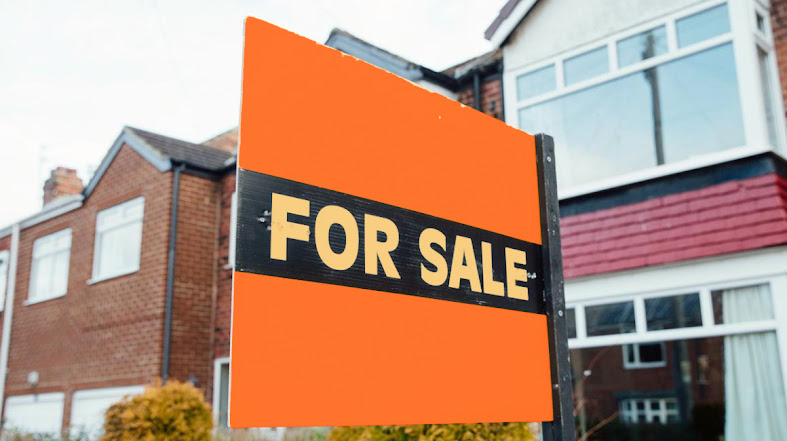 |
| A “For Sale” sign is seen outside a home in Los Angels. Image Credit |
Mortgage rates in the United States fell as a result of the war, although the effect was short-lived. This week, rates rose to their highest level in two years.
According to Mortgage News Daily, the average rate on the popular 30-year fixed mortgage reached 4.19 % before falling to 3.90 % once the Russian invasion of Ukraine began.
The crisis roiled global financial markets, sending investors to the relative safety of the bond market. Mortgage rates are roughly correlated with the yield on the 10-year Treasury note.
However, when inflation fears and anticipated Federal Reserve policy changes topped everything else, bonds sold off and interest rates rose. The average 30-year fixed rate is now 4.28 percent, a full percentage point more than it was a year ago.
"In the long run, we expect rates to increase as inflation broadens and shortages affect more sectors of the economy." However, the issue surrounding the Ukraine conflict is creating rate volatility, which will most probably continue in the short term," said Sam Khater, chief economist at Freddie Mac, in a release Thursday.
That's bad news for homebuyers, who are dealing with the tightest and most expensive market in history.
"According to last week's data, homebuying competition is increasing as we approach the market's peak season." "National listing prices, which reached an all-time high in February, have continued to rise at a double-digit yearly rate," said Danielle Hale, chief economist at Realtor.com.
However, there is some good news. Last week, the inventory of actively listed properties, which is approaching a record low, improved for the sixth week in a row.
Buyer rivalry is heating up. After a brief respite last autumn and this winter, an increasing number of properties are selling above list price, resuming last summer's frenzy.
While mortgage rates are projected to rise further, they may do so at a slower pace currently.
"The silver lining from a forecasting approach is that the bond market has most likely already done the most of the dirty work of obtaining the next big peak in rates/yields." It remains to be seen if a majority implies 51 percent or 95 percent. "It's probably somewhere in the center," said Matthew Graham, CEO of Mortgage News Daily. "It's worth noting that the latest rate hike is less than half a percentage point from becoming as high as the 2016-2018 rate hike — the largest since the 1990s."









0 Comments
please do not enter any spam link in the comment box